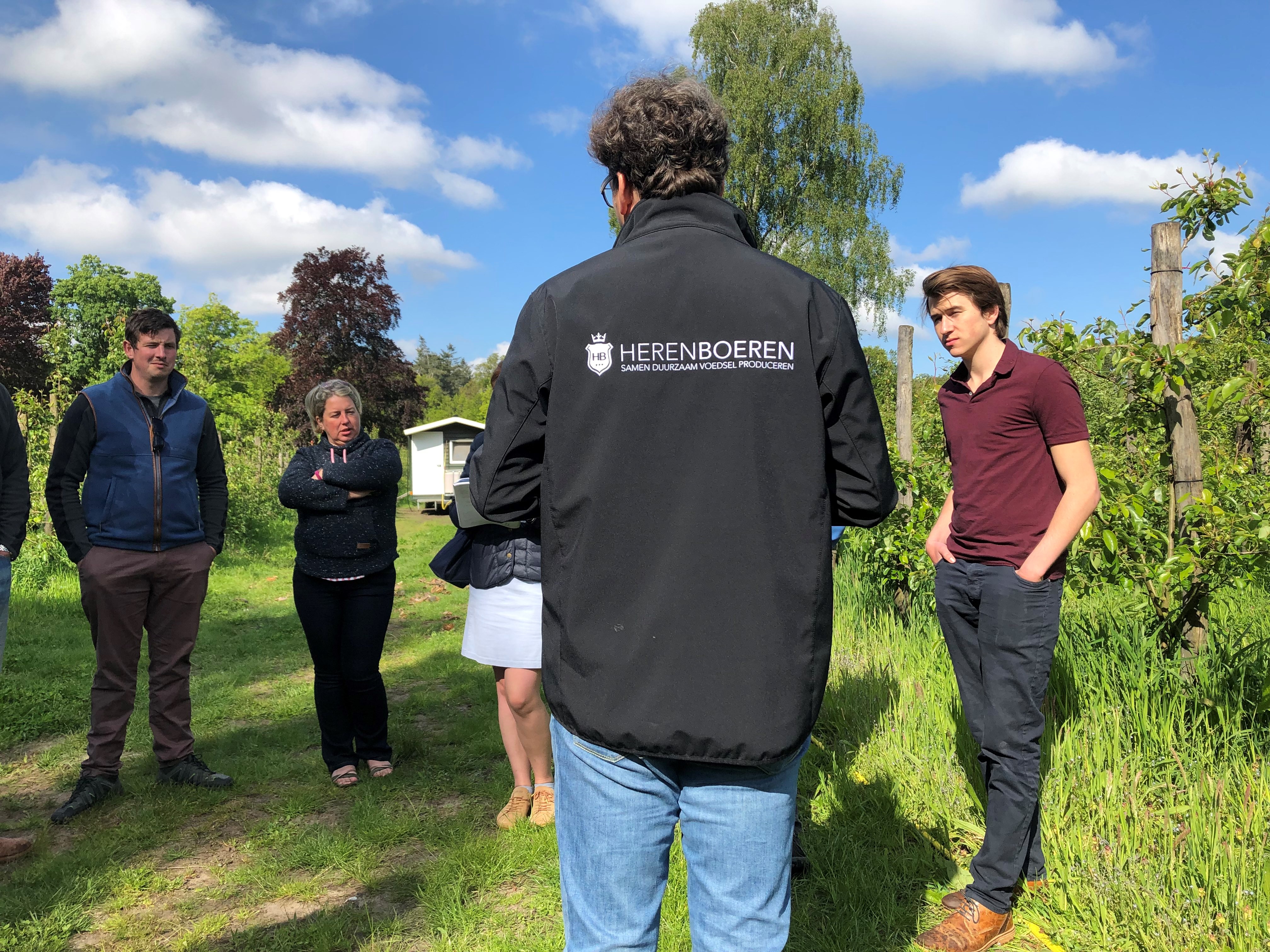The combination of high land prices, escalating input costs and low returns is a perpetual challenge for farmers. In the Netherlands where the price of arable land averaged €63,000/ha (£58,000) in 2016, the economics are stacked against agriculture.
With a background in land-use and farming, a dutchman called Geert van der Veer met many farmers trying to find a way out of this perpetual cycle of cost versus return.
His contribution to tackling what many in Holland view as the ‘broken’ food system was to set up a farm called Herenboeren (translated to ‘a gentleman’s farm’) – a Community Supported Agriculture (CSA) scheme.
CSAs connect farmers directly to consumers in financial and practical ways, the simplest of which is where consumer ‘members’ buy shares in the farm’s seasonal production – or supply labour – both in return for food. Other CSA models include a community leasing or buying farmland and employing a farmer to grow their food for them. Globally, CSAs are growing in popularity, particularly in developed countries close to cities.
Consumers value CSAs like Herenboeren because they tackle concerns such as food miles, provenance and food chain transparency. Farmers like them because consumers share in the risk and reward of growing and rearing food.
At Herenboeren, its community of 200 households, or 500 ‘mouths’, make up this small farming cooperative, they have leased 20 hectares from a local estate. Eleven euros per adult mouth (£10.15), and seven per child (£6.46), buys 60% of the household’s food per week. The produce is seasonal and includes meat, potatoes, eggs, fruit, vegetables and potatoes. They employ a farmer to manage the farm. Each householder, or shareholder, has a say in what the farm grows, and via an annual meeting the community, they decide on the production plan for the following year.
In addition to producing the food the farm is open to the shareholders to get as involved as much, or as little as they wish with the farming; if a family wants to help with planting and harvest, they can, if they don’t, the farmer employs labour to do the work. The farm is also a place where community members meet, enjoy the countryside and learn about how their food is produced, without the direct responsibility of doing so themselves.
In the future, Herenboeren is planning to erect a building for storage of produce, meetings and perhaps on-site processing of their produce.
There are a number of CSAs in Scotland, including Tomnah’a Market Garden at Comrie Croft in Perthshire, The Field at Dunkeld and, locally, Tap ‘o’ North at Rhynie in Aberdeenshire which has a veg box scheme.
In Holland, Geert has now built a team of likeminded people, together they are helping other CSAs start their own farms. Perhaps there is an opportunity for more such projects in Scotland – whilst they won’t be for every farmer, maybe for young, keen farmers, or those with smaller farms near towns and city, the CSA model could be a good option. Certainly, the opportunity for connection and shared risk and reward could be compelling.
To find out more about CSAs in Scotland, contact Nourish Scotland, Common Good Food or the Scottish Food Coalition, to name but a few.

